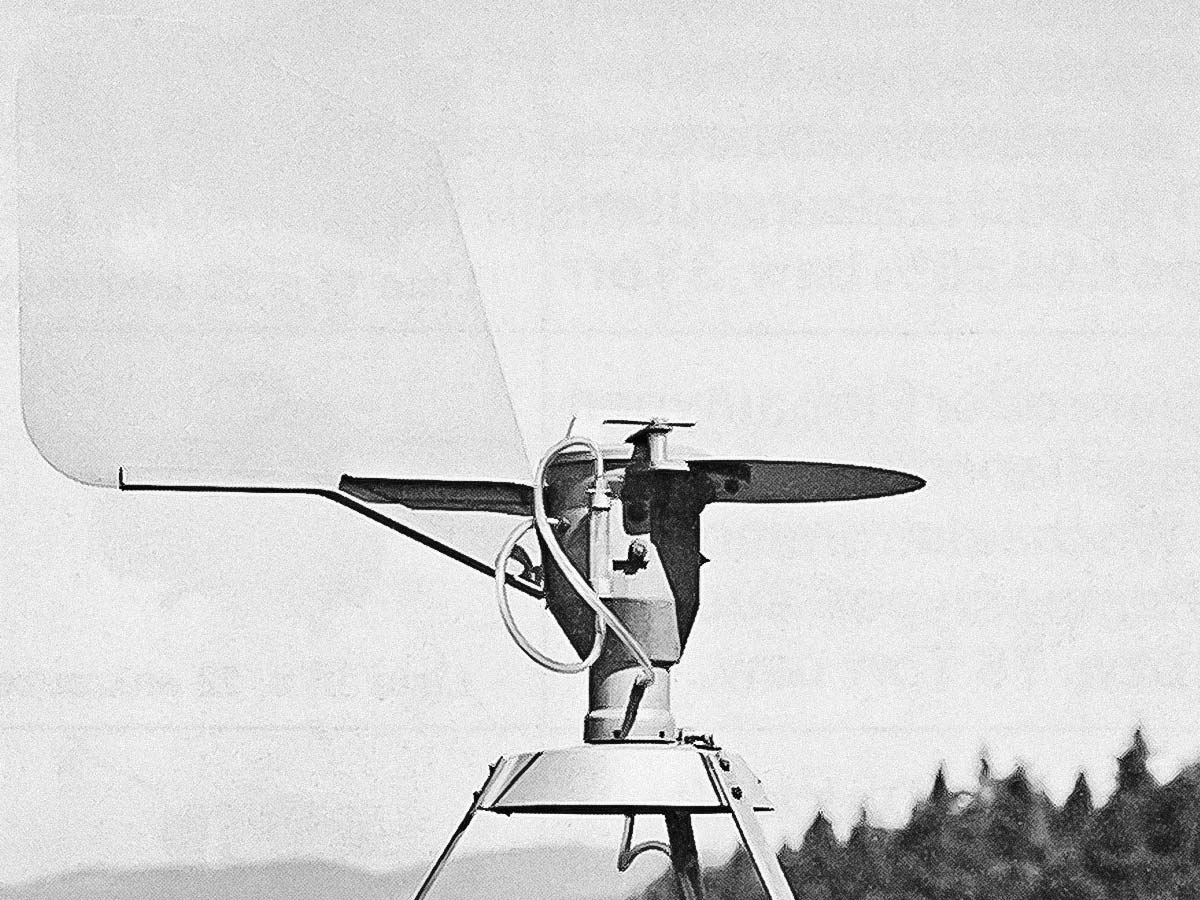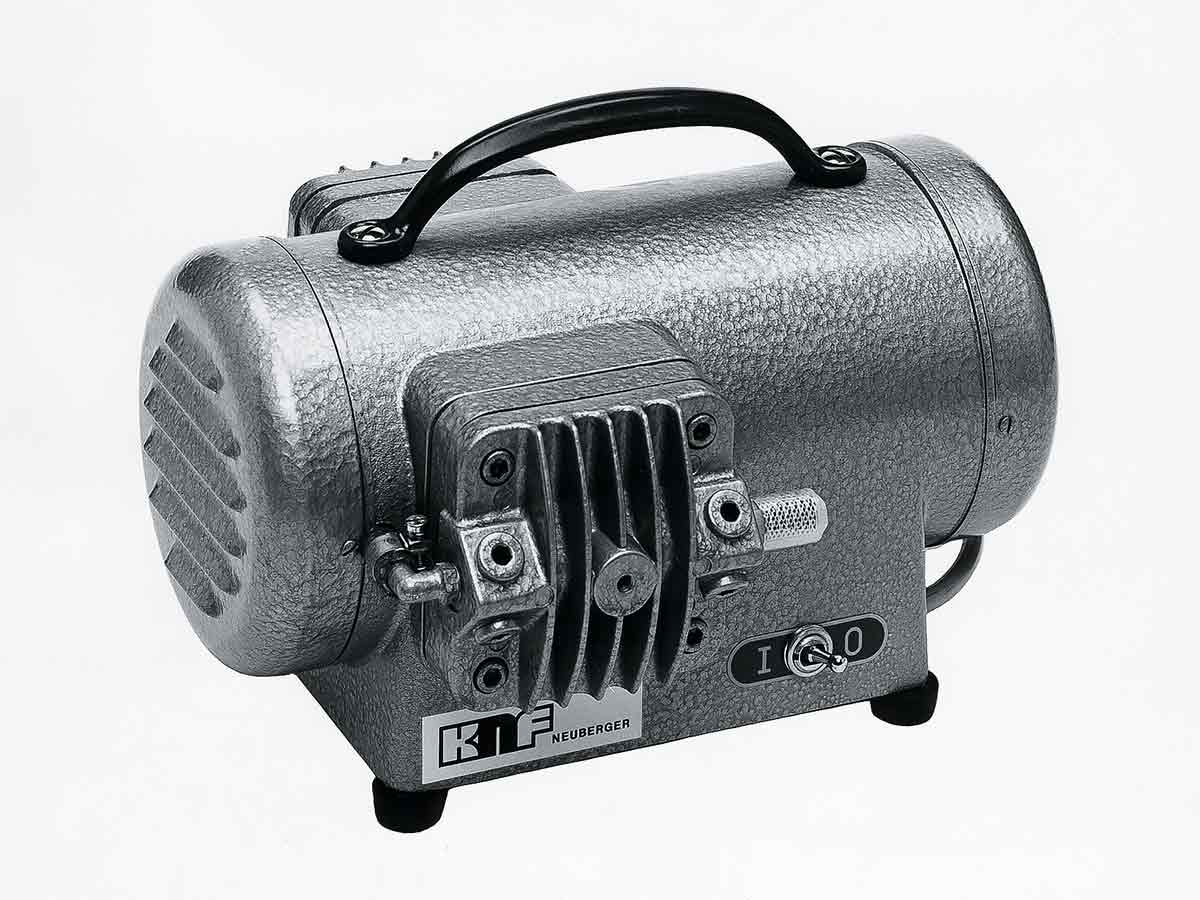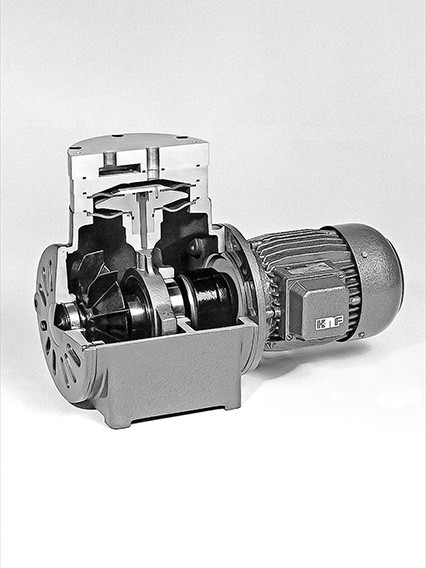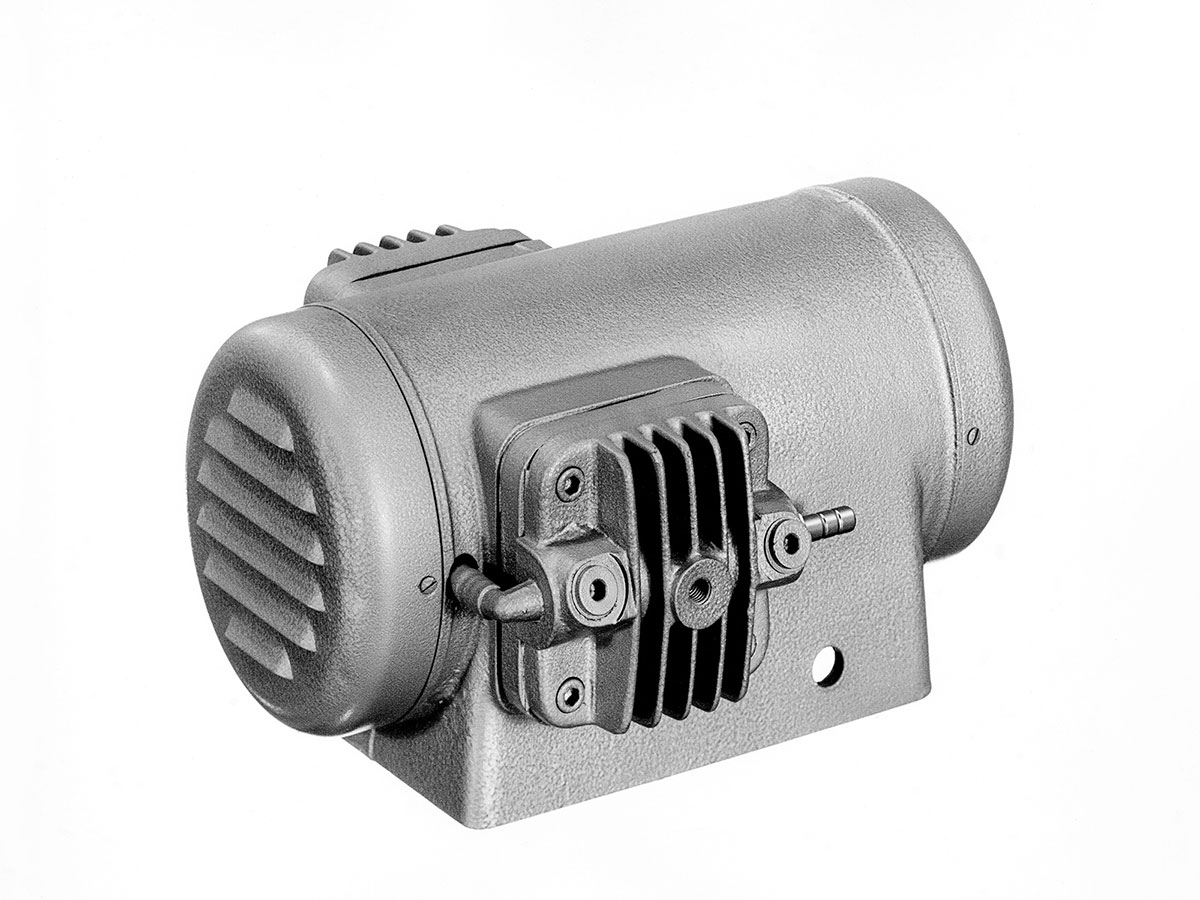
Measuring Air Pollution
While many pumps spend most of their days in closed rooms, some indeed make the journey outside into the fresh air. For example, the AL 17, which was initially intended for use in the laboratory sector. But one beautiful spring day, several pumps were lucky enough to be set up in fields and meadows instead.
In the early 1970s, the Western world experiences a dramatic rise in allergic diseases. To investigate this trend, researchers turn to KNF diaphragm pumps to aid in measuring the pollen present in the air. The idea is to use the pumps to pull small particles floating through the air toward a rotating paraffin-coated roller. The roller’s rotation corresponds with the time of day, which makes it possible to find out how much pollen is present in the air each hour, or at a specific time.
It is the diaphragm pump’s job to pull the air through a nozzle, which directs it toward the paraffin coating. With its flow rate of 20 liters per minute, the portable AL 17 proves up to the task. The measuring device, which looks a bit like a grounded UFO, is fitted with a wind vane that ensures that the intake manifold is always pointing in the direction of the wind. The flower pollen is later analyzed under a microscope and the findings are used in the medical sector to study allergies.

Even back then, KNF diaphragm pumps are also being used to investigate atmospheric pollution caused by fluorine, sulfur, NO2 and CO2. They are still used today for measuring fine particulates. For example, in 2019 Google conducts an analysis of air pollution in Copenhagen by mounting devices to their Street View vehicles. The N 86 diaphragm pump gets to ride along in the back seat and take in the Danish air. Its task is to draw in a predefined volume of ambient air, which is then evaluated in an analytical system by the Slovenian customer. The result is a map that shows the air quality on various streets throughout the city and inspires architects and city planners to rethink the city’s future design.
KNF Blog Knowledge Flows
Follow the latest trends and stories on how diaphragm pump technology drives evolution in the market.




